Robert and I try to keep in touch with the world-wide aromatherapy community. We do this through our students, who come from all parts of the globe, Robert’s speaking engagements – which took us to Japan and Singapore this year – and through attending conferences. Phyt’Arom Grasse had been such an amazing experience for us in 2017 (read our report here), it didn’t take us long to decide we would once again travel to the ‘World’s Perfumery Capital’ for its biannual showcase of French aromatherapy.
Two years was enough to bring a palpable change. Essential oils, and those who use them, had made significant advances into clinical settings. And, it was obvious that the once fairly exclusive world of French aromatherapy was opening up to the rest of the world. Maybe just our personal perception, but we were delighted to see both developments!
The 19th Phyt’Arom Grasse conference took place on October 4th and 5th 2019, in the Palais deCongrès of Grasse, a city that should be on every olfactory enthusiast’s bucket list. This is a conference that focuses on applied aromatherapy and phytotherapy, and a frequently-used term is “aromathérapie scientifique”. There was one morning plenary session each day, and the afternoons were filled with hands-on breakout sessions. The plenary sessions were simultaneously interpreted into English, and some of the workshops were English-friendly too. The following is a report on highlights and observations from the conference, with a few personal notes.
Clinical experiences and challenges
We have noted previously that France is a major player in the clinical application of essential oils. This is partly because most of the essential oil education involves doctors and pharmacists, who, in turn, recommend their use. And we were very happy to see this reflected in the lineup of Phyt’Arom 2019 – five out of nine speakers in the plenary sessions talked about clinical applications (plus two more projects were presented), and most of the afternoon workshops were also focused on practical uses of essential oils in clinical settings. I would like to highlight a field project in Madagascar, and then two projects showing promise in the area of psychiatric care.
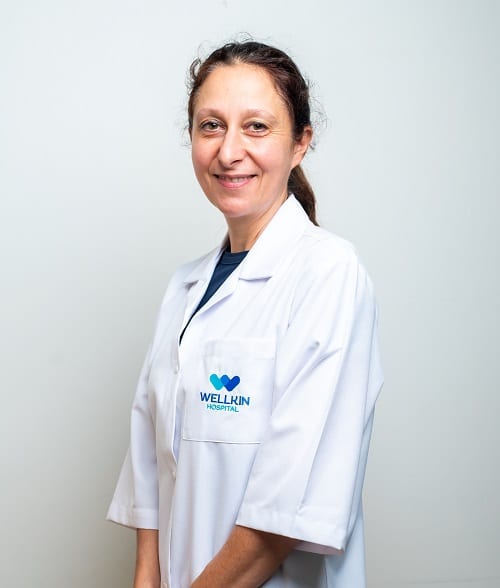
Dr. Anne Moro
Madagascar is known for its biodiversity and as an important source of vanilla. However, it’s also a very poor country with almost non-existent health care. This means that treatment is simply not available to the general population for conditions that are treated routinely in the developed world, such as cleft palate. Dr Anne Moro, a pediatric plastic surgeon, was a part of a mission that provided cleft-palate surgery on the island nation in April 2019. The surgery was routine but in conjunction with it, various essential oil preparations were used, including soaps, mouthwashes and fragrant stuffed animals to help with patient anxiety. As this was an in-and-out mission, Dr. Moro did not have follow-up information beyond a few days after the surgery. Even so, the results were impressive. Essential oils were used alongside standard treatment (antibiotics, analgesics) in a true complementary fashion, and the team sourced the essential oils locally, with Geranium and Ravintsara being dominant in most formulations.
In a different project, pharmacist Francoise Couc-Marinier aimed to help depressive patients battle chronic insomnia. Essential oils were used as complementary to allopathic treatment either in an inhaler stick (six drops of Lavender Lavandula officinalis to be used over three weeks), or as a self-administered wrist massage oil (a blend of Lavender, Sweet Orange and Ylang Ylang – see image). All the patients showed improvement in sleep quality, and both anxiety and prescription levels of sleep medication decreased.
Similarly, Dr. Ioana Farcas, a hospital pharmacist, received some very positive feedback from psychiatric patients using essential oils during a pilot project in her hospital. Over the course of a year, they monitored the use of essential oils by doctors, alongside regular intervention, and collected the mostly positive feedback from patients. One even noted that essential oils worked better than Xanax. However, when they tried to turn the project into a clinical study, they were met with an obstacle course of demands to get it approved. The study is now underway, but many modifications had to be made including a fundamental change of design, and several changes of categorization of essential oils.
This may not sound unusual, but there is a deeper paradox. Although essential oils are readily available to the general public, the research committees regard them as being on par with conventional drugs in terms of safety requirements. This is a bit of a Catch 22 situation – aromatherapy interventions are often not considered effective due to a lack of evidence, but the administrative burden of getting even a small clinical study approved can be insurmountable. So much so that health care workers in France often just continue using essential oils without publishing their work.
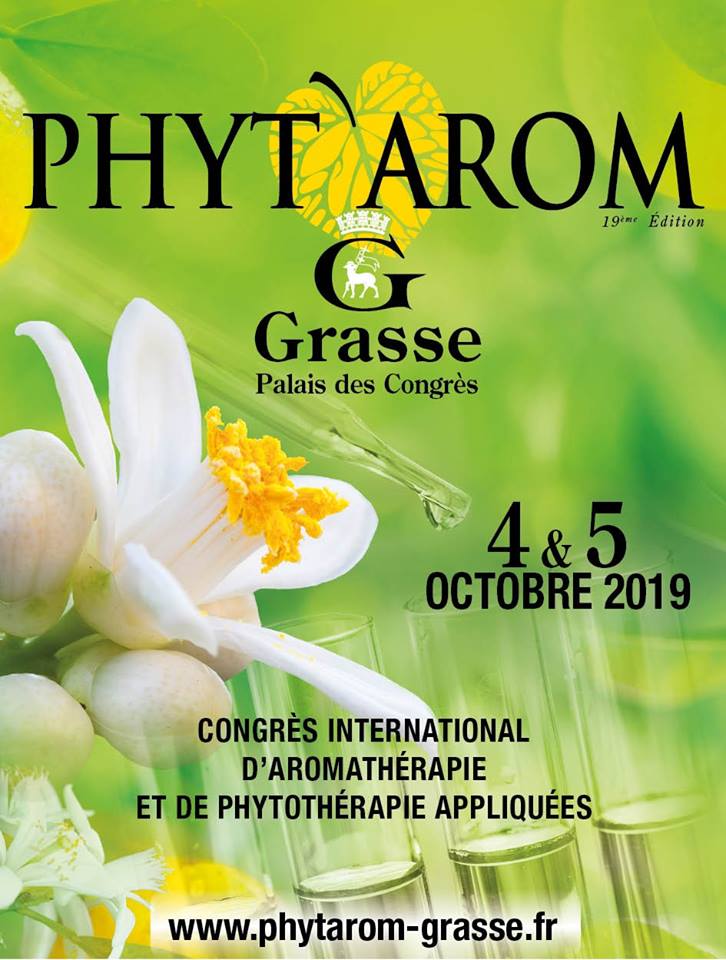
Several other presentations highlighted difficulties that clinicians in France can face when they want to validate an intervention by conducting a rigorous study. It was, however, very encouraging to see so many projects being designed! Hopefully we will soon see the effect of aromatherapy on pain and anxiety management in palliative care patients in Centre La Chenaie, and on behavior management in patients with Alzheimer’s disease.
Collaboration!
France used to have a reputation for “doing its thing” in regard to using essential oils, which is still true to an extent. The education system is very different, for example, and there are no MLM companies there. However, the French aromatherapy community is opening up more and more, with an appreciation of English language resources (Essential Oil Safety 2e is now making waves in France, and Robert was invited to speak at a French University!), and to share its own expertise and resources with other countries. It was wonderful to see this, and we were very happy to establish some important connections.
One was with Dr. Jean-Marc Giroux, a pharmacist, toxicologist and pharmacologist, who presented a detailed deconstruction of the claim that essential oils can be endocrine disruptors. You may know that Robert Tisserand has been a part of an effort to scrutinize this claim question and its alarmist nature, based on perhaps premature conclusions. So it was refreshing to see that, quite independent of the US/Australian efforts, French experts are also looking at this with a critical eye. After explaining how endocrine disruption is generally measured, and based on the research that has been published to date, Dr. Giroux concluded: “If used under normal conditions and in view of our current knowledge, essential oils do not fulfill the scientific criteria needed for them to be identified as endocrine disruptors.” You will be hearing more on this topic from us as well.
I would also like to highlight a different kind of collaboration: Business and Research. When we look at any research sponsored by a particular company, we may wonder about bias. And, that type of study is sometimes carried out completely “a la carte”. The sponsor hires a lab to research a specific effect of their own product, and the results may seem unreasonably favorable. What we saw at Phyt’Arom addressed this potential bias. Simply put, the company does not get to decide which research project will be sponsored with their funds, or how the study will be conducted.
Two company-sponsored awards were announced at the conference, with the winning projects from last year being presented. The Naturactive Clinical Aromatherapy Award has been given annually since 2015. So far, seven research teams in various hospitals and clinics have taken advantage of this €5,000 stipend (about $US 5500), and two more winners were announced for 2019. The company collaborates with hospitals in France and supplies essential oils to them, however the research they sponsor is applicable to anybody.
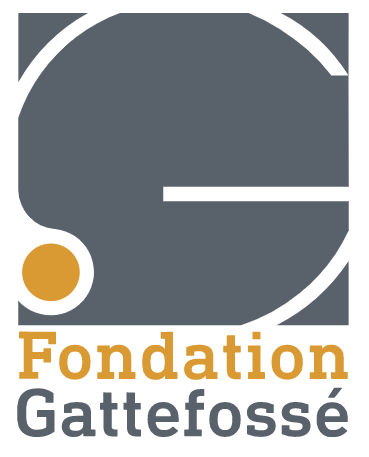 The name Gattefossé is well-known to most of us in aromatherapy (Rene Maurice Gattefossé coined the term “aromatherapy” in 1937). But did you know that there still is a company with the same name founded by his father, Louis? Interestingly, this company does not sell essential oils, it manufactures cosmetic ingredients. However, the company does sponsor research in the use of essential oils via the Gattefossé Foundation. Its three annual sponsorships include: a €10,000 award for successful clinical application of aromatherapy, and two grants of €5,000 for aromatherapy initiatives and projects. Dr. Anne Moro’s surgery team was sponsored by the Gattefossé Foundation, and so was a publication I will focus on a bit later. Good news – for 2020, the Foundation is extending its ‘call for projects’ to the whole of Europe!
The name Gattefossé is well-known to most of us in aromatherapy (Rene Maurice Gattefossé coined the term “aromatherapy” in 1937). But did you know that there still is a company with the same name founded by his father, Louis? Interestingly, this company does not sell essential oils, it manufactures cosmetic ingredients. However, the company does sponsor research in the use of essential oils via the Gattefossé Foundation. Its three annual sponsorships include: a €10,000 award for successful clinical application of aromatherapy, and two grants of €5,000 for aromatherapy initiatives and projects. Dr. Anne Moro’s surgery team was sponsored by the Gattefossé Foundation, and so was a publication I will focus on a bit later. Good news – for 2020, the Foundation is extending its ‘call for projects’ to the whole of Europe!
I believe that such company-sponsored grants, when awarded by an independent expert committee, are an interesting way to get more funds into aromatherapy research, and funding for research is sorely needed. The company still benefits from the goodwill, yet the results are not colored by the source of the finance. Food for thought, perhaps, for our readers in essential oil business management.
Guidelines for ‘scientific aromatherapy’ in hospitals
We know many nurses and healthcare practitioners who wish to introduce aromatherapy into their facility. However, ethics committees and clinicians need clear safety guidelines and protocols, and few want to be the first to take any risk, perhaps for good reason. You may remember that two years ago, a very detailed proposal for the introduction of aromatherapy into hospitals was debated at the conference, and we were very excited about it. Well, the publication is now out there, free to download from here (in French).
It was presented by Evelyne Malaquin-Pavan, a specialist clinical nurse and the designated rapporteur on the document, which loosely translates as “Scientific Aromatherapy: recommendations for clinical practice, education and research”. It is 180 pages of well-researched and argumented recommendations on every aspect of aromatherapy as it should be used in hospitals. Just a few examples – the publication elaborates on quality control, basic therapeutic properties (backed by research studies), the different levels of education needed for different applications, a list of oils based on the risk they carry – and everything was reviewed by the 44 experts involved in its creation. It’s only available in French right now, but we would not be Tisserand Institute if we didn’t already have plans. Watch this space!
Fun with friends, old and new
Attending Phyt’Arom is always a festive and fragrant experience, especially as it takes place in a charming French town infused with a long history of perfumery and essential oil production. While the previous conference took us to the International Museum of Perfumery, this year’s gala dinner was at the Museum’s gorgeous gardens (a different location). There are several acres filled only with beds of fragrant plants, and we were lucky enough to be there in time for the Tuberoses bloom, and we experienced a gorgeous whiff of Jasmine as evening fell. Many of the attendees took part in a scavenger hunt which sent us in small teams all over the grounds in search of various plants and smells, which was great fun. If you do visit Grasse, both the museum and the gardens are worth checking out!
Conferences are all about networking. I already mentioned that we made new connections, but it was also a great opportunity to reconnect with old friends. And we re-created a fun photo with Robert and Dr. Guilhem Jocteur, the educator and pharmacist who was shocked by the notion that anyone would ever drink essential oils in water. We got to hug many aromatherapist friends from all over the world, and even found that one attendee (a tea sommelier) had travelled all the way from Peru because she read my 2017 Phyt’Arom review!
What is always very special and heartwarming is meeting Tisserand Institute students in person. I know them by their name, maybe a profile picture on the learning platform, and even though we do exchange messages, getting to know the person behind the computer is priceless! To sum up, Phyt’Arom Grasse 2019 was once again a great opportunity to see what is happening in France, to witness the progress in clinical aromatherapy, to meet incredibly inspiring people, and have some fun, too. We left filled with many ideas and new projects in mind, and we will surely be coming back. The next Phyt’Arom may even be as soon as 2020!

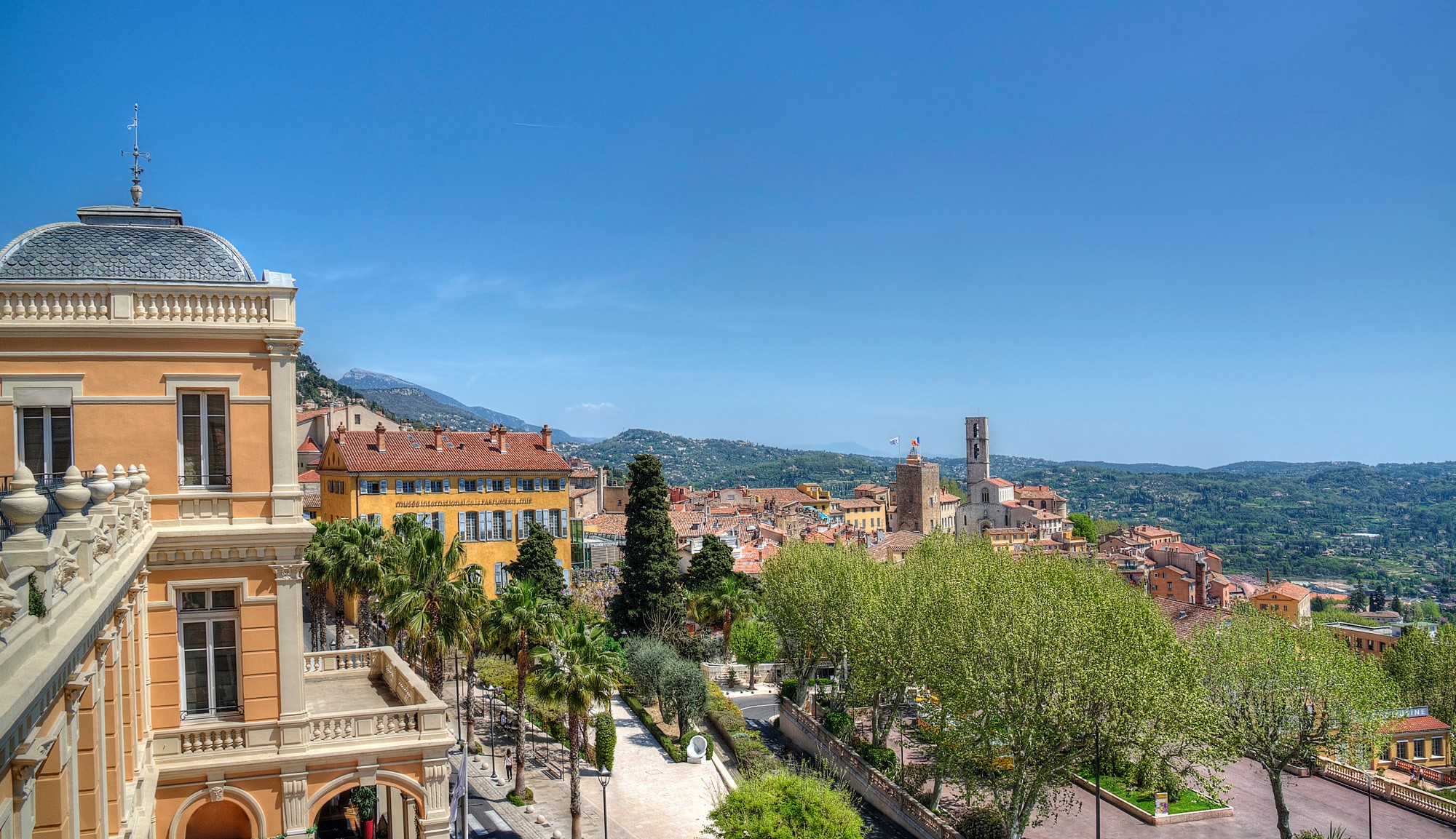
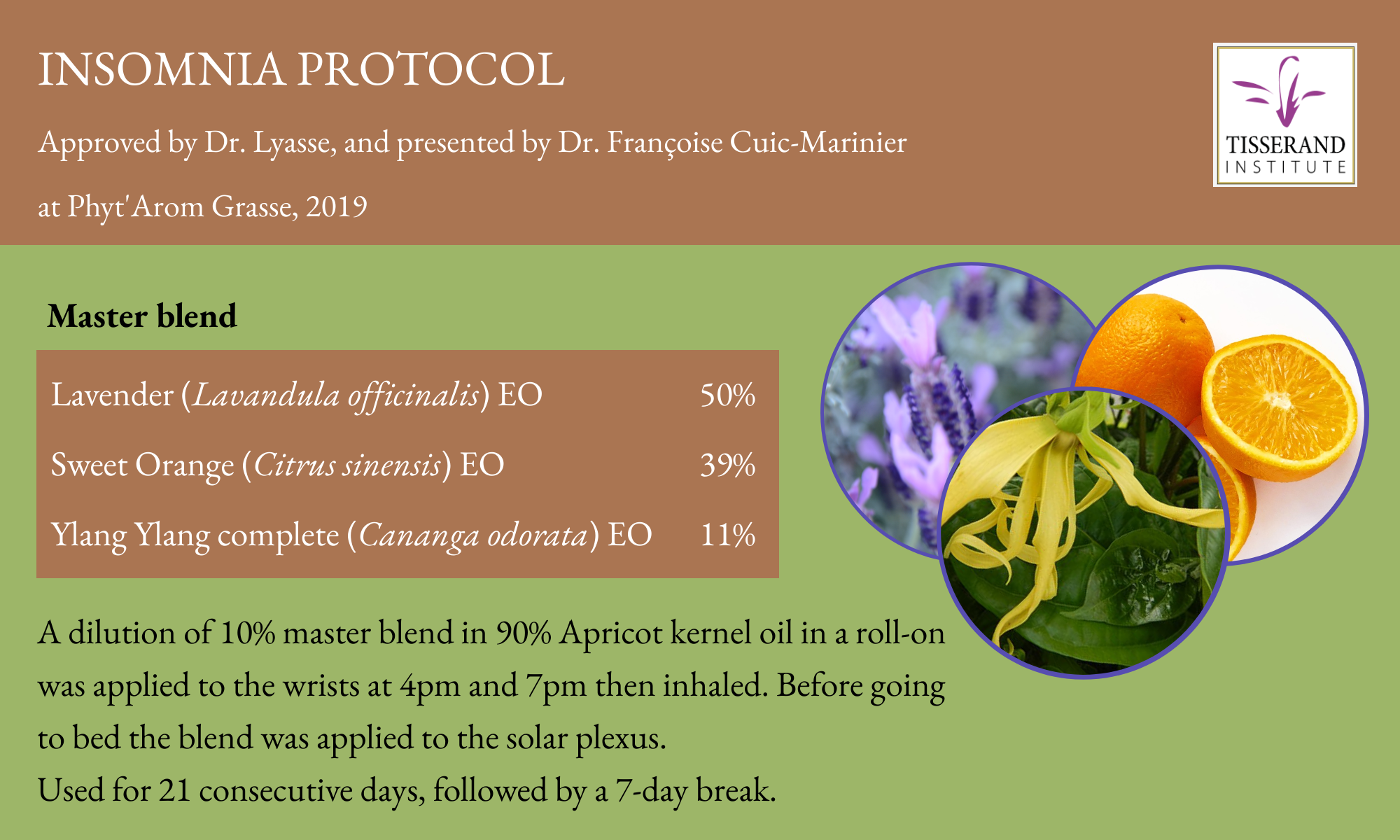
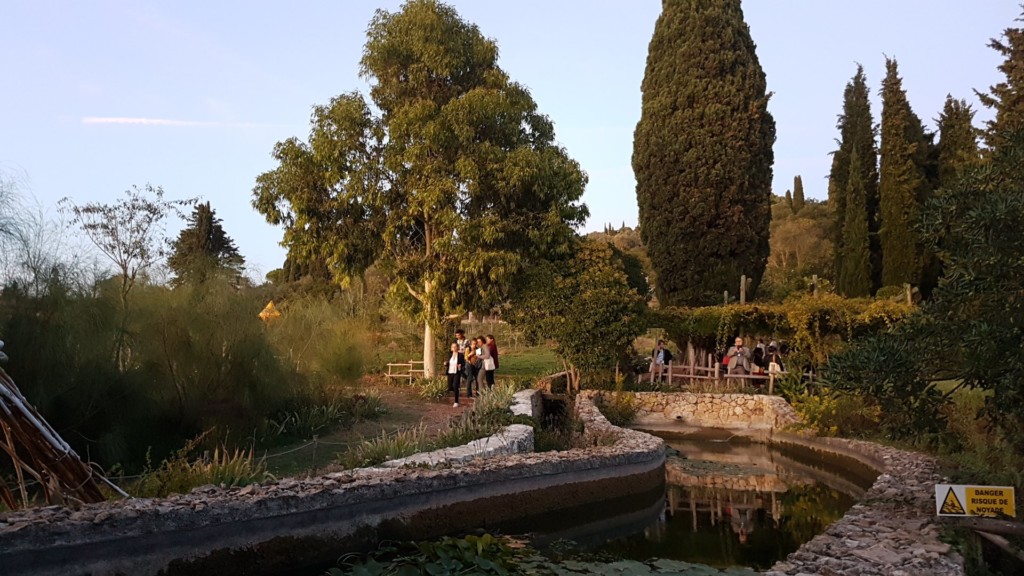
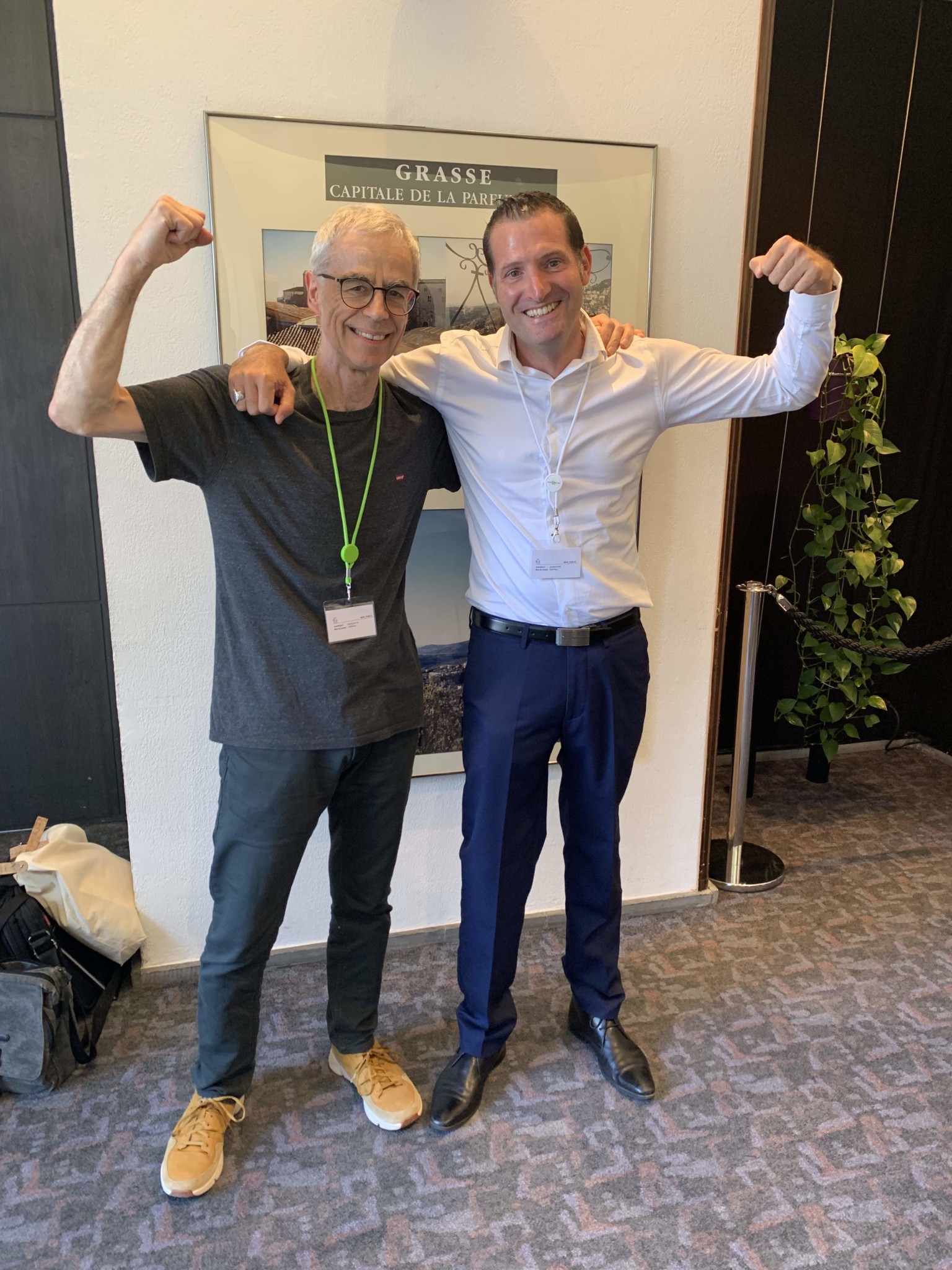
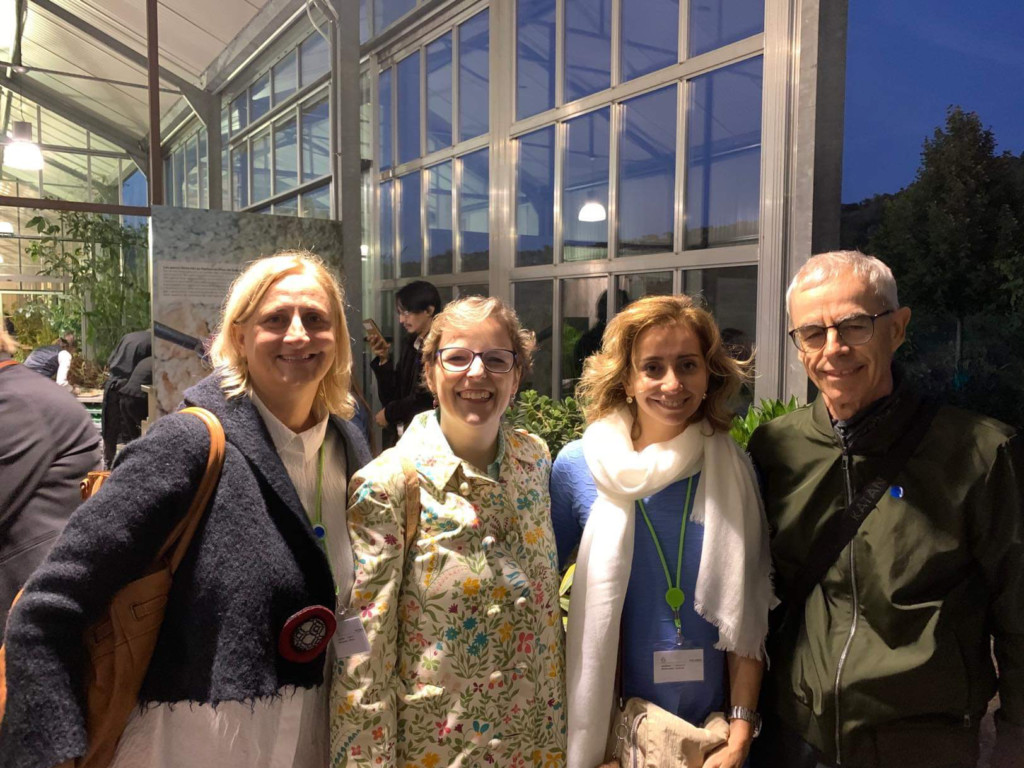
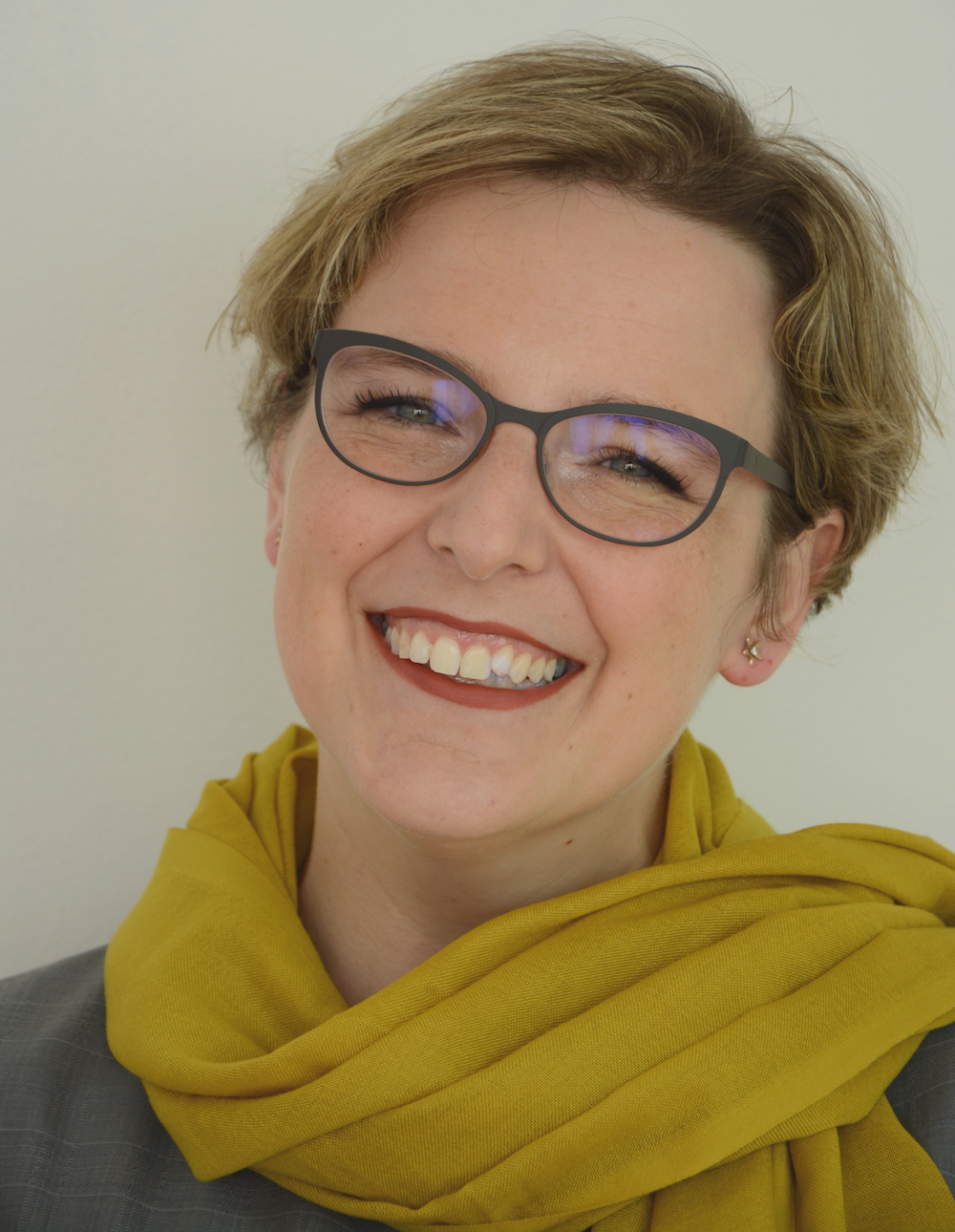
Hana, I almost felt like I was there! Thank you for this report from Grasse 2019!
My newly updated Second Edition of Aromatic Alchemy~Recipes for Transformation:
Activate your Soul’s potential publishes in January 2020. It is completely revamped, with edited
old old info and new additions including 127 do’s and parfumerie essences with their monographs.
I’ve also added a segment on “AlcheMystical Parfumerie” with details on composing from natural essences.
Many blessings to you and Robert.
Hi thank you so much ! I’m a French Pharmacist but I live now in the US and I’m certified here in aromatherapy. I’m so interested in what you brought here! Thanks for all the information you give in this post! Isabelle